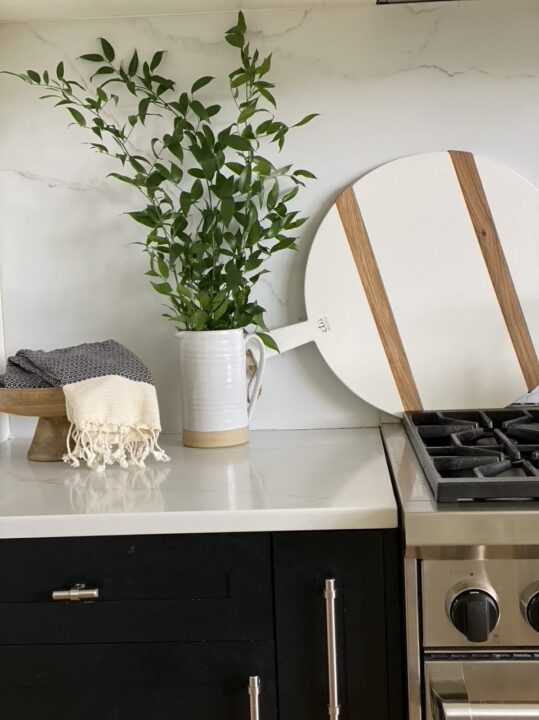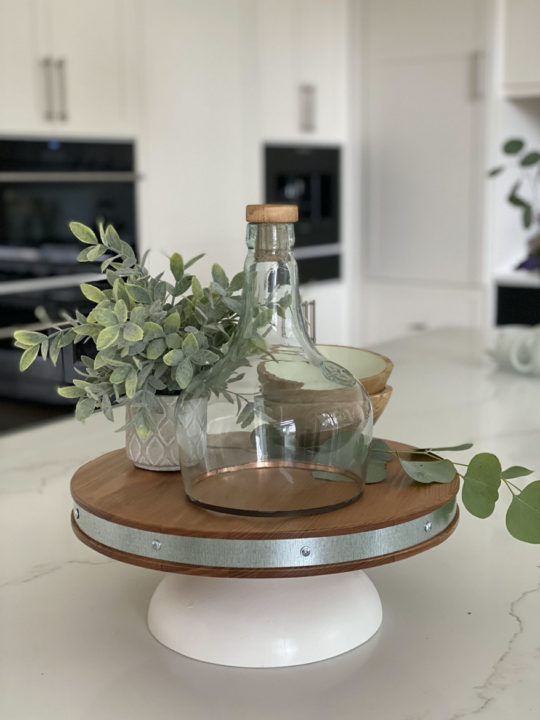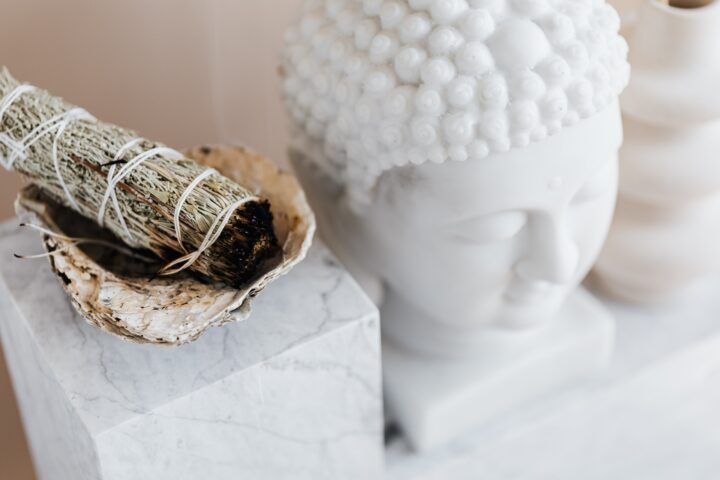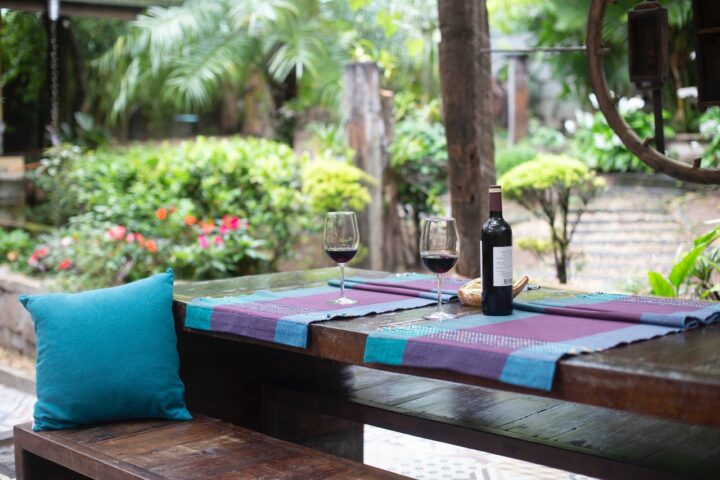
First and foremost, we hope that you and your family and friends are keeping safe and well!
In the face of economic and social uncertainty, and with much of what we know unraveling, it has never been more crucial to maintain perspective and hope, both short- and long-term. While we as designers may be concerned about what the future of our industry holds, for now, we have to figure out how to be present and valuable to our client concerns over the next six to twelve months.
Work still must happen—in fact, being creative, productive, and engaged is more important than ever. As meetings, conferences, and gatherings go virtual, we need to step up how we show up—we need to contribute. We will all be able to meet again in person, and when we do, we’ll celebrate in full designer fashion. But for now, for the collective wellbeing, we stay home.
Home — As designers, we are advising our clients on how to manage and balance their health and work in their homes is now the new normal. “Wellbeing” is not a buzzword or trend—reducing stress and designing supportive spaces is fundamental to repairing and reimagining the fabric of society.
We designers can be of special service to our clients during this time.
Laurence Carr Design, a NYC based design firm, was founded on the mission of creating serene, restorative environments that support physical, emotional, and mental wellbeing. No matter what the circumstance, we can control the spaces we dream, plan, strategize, and thrive in.
I would like to share my top three biophilia wellness insights for our community—tips that will allow you to address your clients’ needs in this very unique time, with nature.
Back to Basics, Back to Our Roots
Since the dawn of time, our evolution as humans has depended on our interactions with and within the natural world. From foraging for sustenance and medicinal plants and herbs, to hybridizing roses and tending to meticulous royal gardens, humans have had their hands in the Earth, their eyes on the unfurling petal, and their noses in the pine-scented air. We are sensory beings.
The natural world elicits a sense of calm and wellbeing. Prompting clients to rethink the way their homes facilitate a connection to nature and their senses is more important now than ever.
Biophilia—or the act of bringing plants into the home to blur the lines between indoor and outdoor spaces—has been trending in the design world for years, and its popularity is expected to rise.
Those of us who have been bringing nature into the home for years, recognize its multi-sensory allure and power. Biophilic centered design benefits and boosts all five senses. For clients new to biophilia, low maintenance and resilient cacti are a great place to start. For clients with more confidence in their relationship to plants, you can integrate tropical foliage, orchids, or bonsais.
Plants and flowers are the most obvious components of biophilia design, but researchers are now proving that the mere visual representation of flora and fauna can bring about the same positive effects as the real thing. Happily, for us, this means that plant-inspired and eco-responsible wallpaper, furniture, and fabrics can be used in tandem with plants, or can be used wholly as substitutes in spaces where plants will not thrive.
Biophilia: the Visual and the Auditory
The color green, because of its obvious connection to leaves, stems, and grass, symbolizes growth, health, fertility, luck, and safety. Guests waiting to be interviewed on TV shows wait in the green room, most likely to soothe their nerves.
We can bring texture, depth, focus, and a sense of movement into our clients’ homes with plants of varying shapes, heights, patterns, and colors.
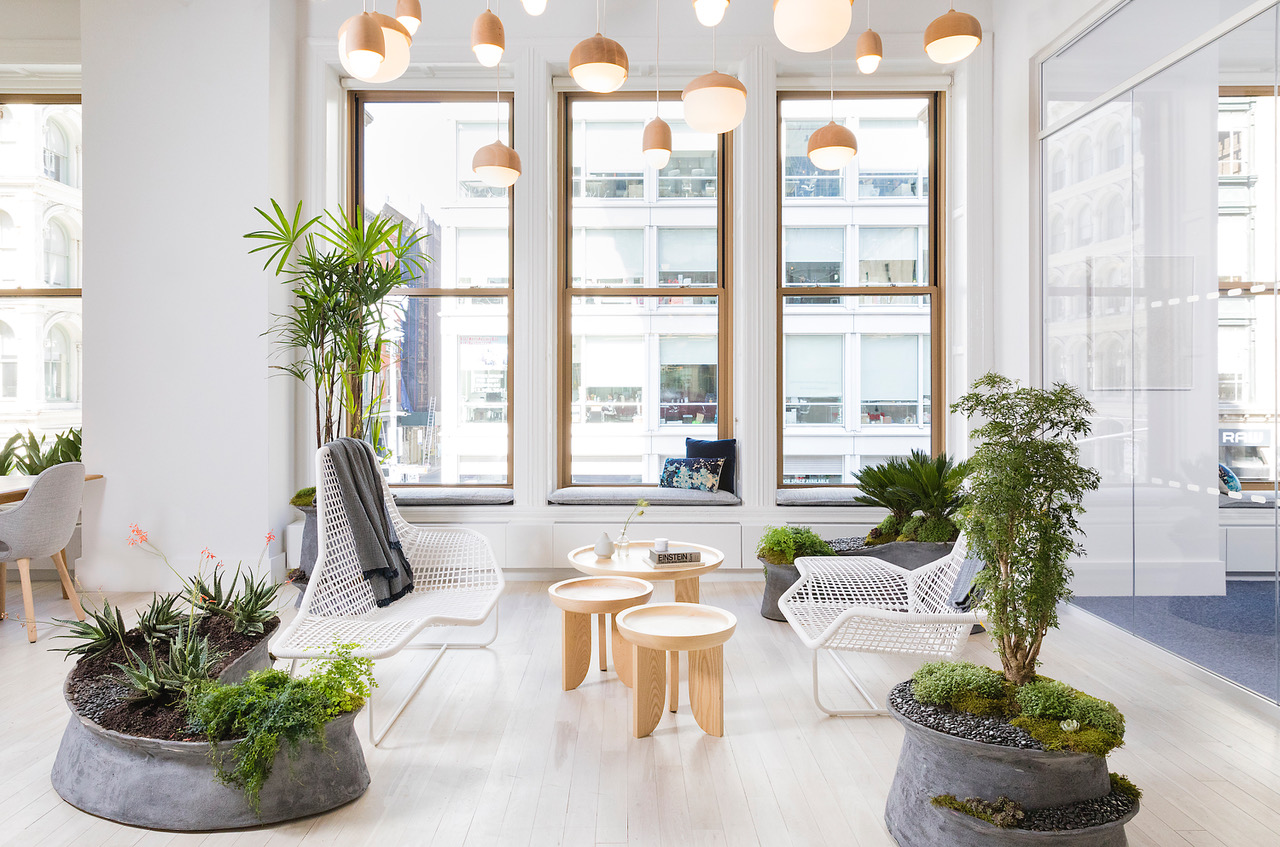
Place a plant near an open window so that it moves with the breeze. For clients living isolated or alone while the pandemic plays out, even small gestures that break the stillness of a room are a boon. Leaves rustle inside a home just as they do outdoors. And let’s not dismiss the power of talking or singing, or playing soothing music to one’s peace lilies and ferns. Through nurturing and cultivating these living and flowering plants, we release endorphins and nurture ourselves.
Biophilia, the Tactile, the Olfactory, and the Gustatory
Researchers have recently discovered that the simple act of touching and smelling plants can reduce physiological and psychological stress, as well as elevate mood. Potting soil is thought to nourish those who work with it through “outdoorphins,” which release cytokines that act as natural antidepressants. For parents of children with special learning needs, working together to grow and tend to plants, working with the hands, provides multiple stimuli and lasting educational benefits.
The current universal focus on the air that we breathe and the surfaces that we touch, underscores our need for plants in our homes. Some researchers say that potted plants help us heal more quickly from injuries and after surgery. Aloe gel, now sought after as an ingredient in homemade hand sanitizer, has long been the go-to soother for minor burns and abrasions. Plants absorb and neutralize undesirable gases and volatile organic compounds (VOCs).
Bamboo palm and peace lilies are elegant purification powerhouses. Bamboo palm is known for its ability to remove benzene and formaldehyde from the air, and peace lilies help absorb toxic gases such as carbon monoxide. Mass cane plant, with its vibrant foliage ranging from emerald green to near-fluorescent yellow, is another sophisticated formaldehyde-fighting contender. It can be grown as an indoor tree or shrub. The Ficus fig, also known as the “weeping fig,” is heralded for its ability to remove benzene, formaldehyde, and trichloroethylene from the air, all while showcasing some of the most saturated greens around.
Planting a simple herb or lettuce garden outside the kitchen window means making fewer trips to the grocery store, and better yet, our clients will have a sustainable supply of fresh, organic, and tasty ingredients at their fingertips. They will be able to spice up their homemade dishes and produce less food waste, with less time and effort, and with a smaller carbon footprint. Suggest to clients that they place bunches of dried lavender on trays or in vases throughout the house to promote a soothing experience.
Connecting with Nature on Our Walls and in Our Beds
Innovating with biophilia does not require a green thumb, a master gardener’s mind, or even live plants. It has been proven that virtual nature spaces prompt a positive affect—that is, just looking at an image of one’s favorite shoreline elicits happiness, friendliness, affection, and playfulness.
As we nestle deeper into our homes, what we surround ourselves with and what we wrap ourselves up in matters. I have written about the rise of sustainable textiles and wall coverings that elevate any space with unexpected depth and texture. This lux alternative to wallpaper offers a multi-layered experience when interacting with a room’s design. Elitis’ nontoxic 2020 wallpaper collection brings the botanist’s touch to any room. Even aromas of seeds bring depth and supple texture with natural materials, raffia, abaca and bamboo all evoking further the theme of nature. There are so many textile companies such as Dedar, Guell LaMadrid at Castel and John Roselli, Brunschwig & Fils to name a few that spoil us with floral textiles and embroideries that practically blossom around us.
And when your clients turn in for the night, are they sleeping safely for maximum health? It is past time to bid all toxins adieu. There are many options in mattresses, pillows, linens, and furniture to invite us to “sleep on nature,” and some are made with seaweed, eucalyptus, and lavender.
It has never been easier to refresh our homes and make them safer with responsibly-sourced textiles, wallpapers, and rugs. Educate clients to seek out linen, hemp, bamboo, and polypropylene products.
Conclusion
In the coming months, our job as designers is to provide as strong a support system as possible for our clients. The role of the home is at the forefront of the global psyche right now, and we are in a unique position to help clients ensure their homes are more livable, comfortable, and sustainably enriching.
Not only do we want to be able to educate and offer clients ways in which they can optimize their homes or their offices for their health and the health of their families but also in this time of social distancing, we must help clients be more productive as they work from home.
We can help them to feel relaxed and centered. Based on time, activity, and function of a particular room or space, we can determine what plants belong in their lives to take advantage of a multi-sensory experience at home.
Let your clients know that you are here to make their homebound lives easier, because we’re all in this together.



